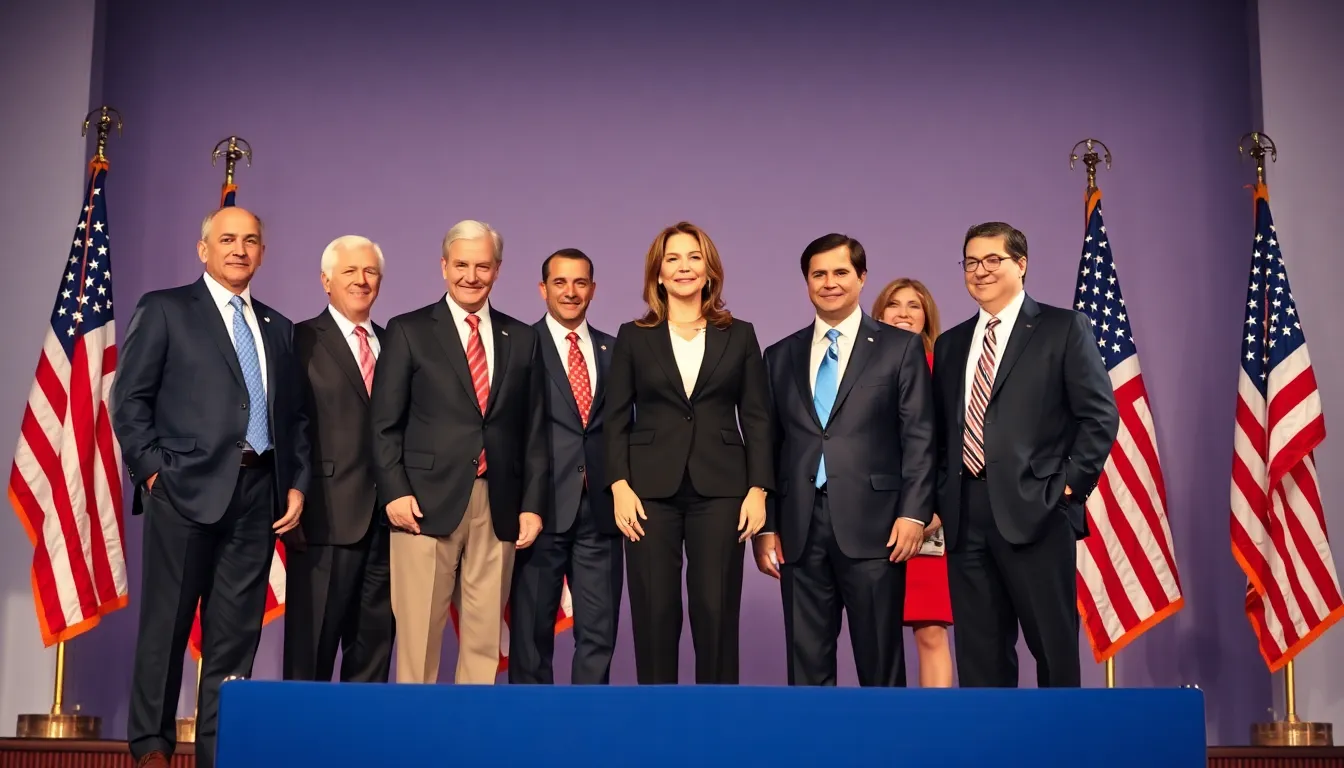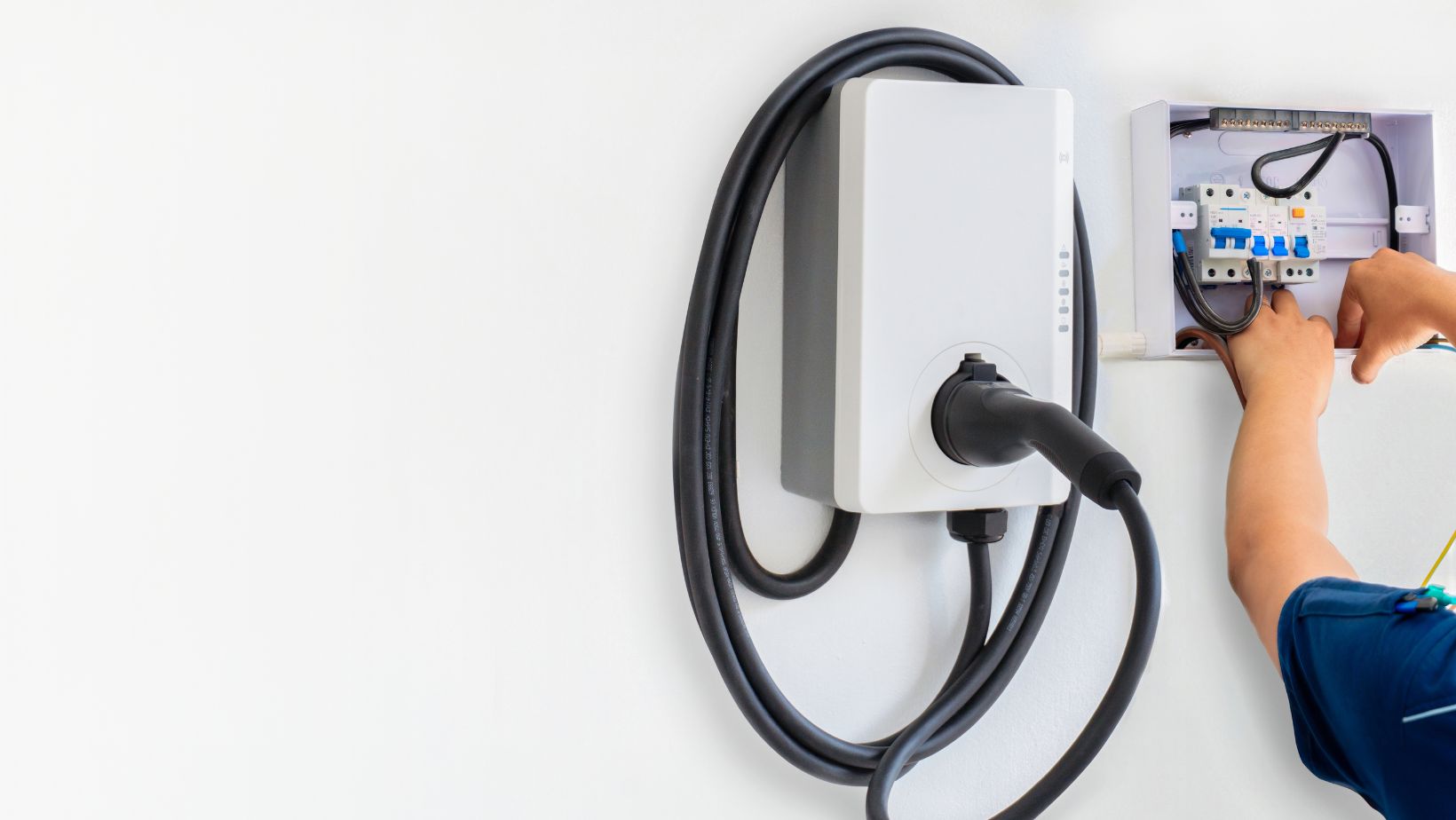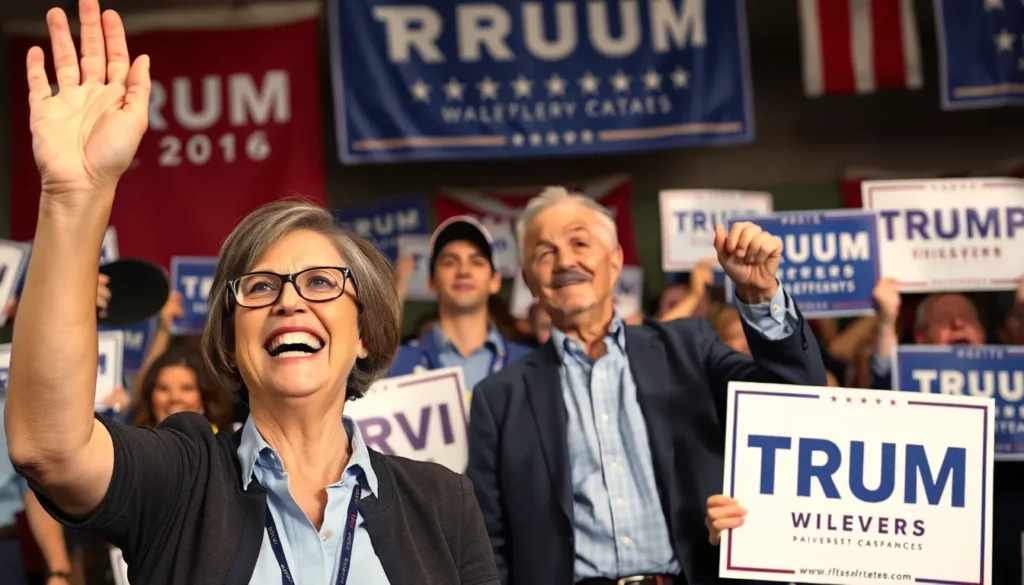Table of Contents
ToggleThe 2016 presidential primary season was a whirlwind of debates, rallies, and unexpected twists that kept voters on the edge of their seats. With a crowded field of candidates from both major parties, it showcased a diverse array of political ideologies and personal stories. This election cycle was marked by passionate supporters and fierce rivalries, setting the stage for a historic showdown.
From seasoned politicians to political outsiders, the candidates brought their unique perspectives to the forefront. Names like Donald Trump, Hillary Clinton, Bernie Sanders, and Ted Cruz dominated headlines, each vying for their party’s nomination. As the primaries unfolded, the stakes rose, revealing not just the candidates’ platforms but also the changing landscape of American politics. This article dives into the key players of the 2016 primaries, exploring their journeys and the impact they had on the election.
Overview of the 2016 Presidential Primary Candidates List
The 2016 presidential primary featured a diverse array of candidates from the Republican and Democratic parties. This election cycle marked a shift in traditional political dynamics with candidates bringing unique perspectives and policies.
Democratic Candidates
- Hillary Clinton: Former Secretary of State, focused on women’s rights and healthcare reform.
- Bernie Sanders: U.S. Senator from Vermont, advocated for income equality and universal healthcare.
- Martin O’Malley: Former Governor of Maryland, emphasized progressive reforms and climate change.
Republican Candidates
- Donald Trump: Businessman and television personality, campaigned on immigration reform and economic nationalism.
- Ted Cruz: U.S. Senator from Texas, promoted conservative values and limited government.
- Marco Rubio: U.S. Senator from Florida, discussed a strong national defense and economic growth.
Other Notable Candidates
- John Kasich: Governor of Ohio, emphasized bipartisanship and pragmatic governance.
- Jeb Bush: Former Governor of Florida, focused on education reform and economic development.
Each candidate’s platform contributed to the rich tapestry of political discourse during the primaries, influencing voter perceptions and party strategies. The campaign generated significant engagement from both party loyalists and independent voters, reflecting the electorate’s desire for change.
Republican Candidates

The Republican primary in 2016 showcased a range of candidates, each presenting distinct ideologies and policy proposals. The diverse representations fueled intense discussions within the party, reflecting a significant shift in American political dynamics.
Leading Candidates
- Donald Trump: Trump campaigned on an aggressive platform emphasizing immigration reform, economic nationalism, and “America First” policies. He appealed to frustrated voters seeking drastic change in Washington politics.
- Ted Cruz: Cruz focused on conservative values, advocating for reduced government spending and strict adherence to the Constitution. His appeal resonated with the Tea Party and Evangelical voters.
- Marco Rubio: Rubio concentrated on national defense and economic growth, promoting a vision of a strong America on the world stage. He emphasized innovation and technology as drivers of future prosperity.
Other Notable Candidates
- John Kasich: Kasich advocated for bipartisanship and pragmatic governance, drawing from his experience as a former governor of Ohio. He prioritized expanded healthcare access and fiscal responsibility.
- Jeb Bush: Bush centered his campaign on education reform, tax reduction, and national security, positioning himself as the establishment choice. His name recognition, however, did not translate into significant voter support.
- Chris Christie: Christie, known for his no-nonsense style, focused on economic issues and public sector reforms, leveraging his experience as New Jersey’s governor.
- Carly Fiorina: Fiorina, the only woman among the leading Republican candidates, emphasized business experience and criticized government inefficiencies, promoting her vision of a more business-oriented approach to governance.
Each candidate brought unique perspectives that shaped the discourse in the Republican primary, showcasing the party’s broader ideological spectrum.
Democratic Candidates
The Democratic primary featured a compelling lineup of candidates, each with distinct platforms addressing key issues. The following sections detail the leading candidates and other notable figures in the race.
Leading Candidates
- Hillary Clinton: Focused on women’s rights, healthcare reform, and income inequality. Clinton’s campaign utilized her experience as Secretary of State to promote a vision of progressive policy.
- Bernie Sanders: Advocated for universal healthcare, free college education, and wealth redistribution. Sanders energized young voters with his grassroots movement and call for political revolution.
- Martin O’Malley: Emphasized progressive reforms, climate change policies, and criminal justice reforms. O’Malley positioned himself as a candidate for new leadership, appealing to those seeking a bold alternative.
Other Notable Candidates
- Lincoln Chafee: Former Governor of Rhode Island, Chafee campaigned on a platform of social justice and foreign policy reform, albeit with limited traction in the race.
- Jim Webb: A former Senator from Virginia, Webb’s focus included veterans’ issues and economic populism. His more centrist views aimed to attract conservative Democrats.
- Joe Biden: Although he did not formally enter the race, the former Vice President’s potential candidacy was a point of discussion in the primaries, influencing areas like foreign policy and working-class appeals.
These candidates contributed to a comprehensive Democratic dialogue, shaping the party’s direction during this pivotal election cycle.
Candidate Profiles
The 2016 presidential primary season showcased diverse candidates with distinct policies and strategies. Each candidate’s unique approach greatly influenced the political landscape.
Key Policies and Positions
- Hillary Clinton: Advocated for women’s rights, healthcare reform, and a focus on income inequality.
- Bernie Sanders: Championed income equality, universal healthcare, and tuition-free public college education.
- Martin O’Malley: Focused on progressive reforms related to climate change, criminal justice reform, and raising the minimum wage.
- Lincoln Chafee: Campaigned on principles of social justice and proposed foreign policy reforms.
- Jim Webb: Highlighted veterans’ issues and economic populism, aiming to address the needs of working-class Americans.
- Donald Trump: Emphasized immigration reform, economic nationalism, and a commitment to “America First.”
- Ted Cruz: Promoted conservative values, limited government, and a strict interpretation of the Constitution.
- Marco Rubio: Advocated for a strong national defense, economic growth, and reform of entitlement programs.
- John Kasich: Stressed bipartisanship and pragmatic governance, appealing to moderate voters.
- Jeb Bush: Focused on education reform and a comprehensive tax plan designed to stimulate economic growth.
Campaign Strategies
- Hillary Clinton: Utilized a strong ground game and high-profile endorsements to resonate with voters while emphasizing her experience.
- Bernie Sanders: Engaged younger voters through grassroots organizing and social media, highlighting a revolutionary platform.
- Martin O’Malley: Focused on town hall meetings and direct voter engagement to communicate his progressive agenda.
- Donald Trump: Dominated media coverage with bold statements and Twitter, successfully galvanizing his base through provocative messaging.
- Ted Cruz: Leveraged strong fundraising efforts and mobilized Tea Party supporters, often focusing on evangelical community outreach.
- Marco Rubio: Emphasized personal narrative and optimism while participating in multiple debates to increase visibility.
- John Kasich: Advocated for a moderate approach, using his record as Ohio’s governor to appeal to a broader electorate.
- Jeb Bush: Invested heavily in advertising to establish a formidable presence early in the race, though struggled to gain traction.
- Chris Christie: Used his reputation for frankness and bipartisanship to attract undecided voters.
- Carly Fiorina: Captured attention through her business background and impactful debate performances, carving out a space within the field.
This diverse group of candidates, each with their key policies and strategies, significantly shaped the 2016 presidential primary landscape.
Impact of the Primaries on the General Election
The 2016 presidential primaries significantly influenced the general election dynamics. Each candidate’s approach and policy proposals resonated with various voter demographics, shaping the electoral landscape.
Hillary Clinton’s emphasis on women’s rights and healthcare reform galvanized female voters and those prioritizing social issues. Her campaign effectively built on Barack Obama’s legacy, appealing to loyal Democratic supporters.
Bernie Sanders’ focus on income equality and universal healthcare energized younger voters and progressives dissatisfied with traditional party politics. His grassroots campaigning mobilized substantial support and shifted the Democratic platform leftward.
On the Republican side, Donald Trump’s bold immigration reform and economic nationalism attracted disenchanted voters seeking change. His unconventional style and promises resonated with certain segments, altering party dynamics and pushing mainstream candidates to adopt similar rhetoric.
Ted Cruz’s commitment to conservative values and strict constitutionalism appealed to the party’s right flank. His advocacy for limited government resonated with Tea Party constituents, influencing the dialogue around conservatism for the general election.
Marco Rubio’s discussions of national defense and economic growth attracted moderate Republicans, emphasizing the importance of a strong national security strategy in the general election. His approach aimed to balance traditional conservatism with modern concerns.
The presence of diverse candidates forced both parties to engage in substantive debates about critical issues, including healthcare, immigration, and economic policy. This dialogue narrowed down candidate platforms leading into the general election, influencing candidate strategies and voter engagement.
Voter turnout in the primaries also served as a precursor for the general election. Higher participation rates among specific demographics indicated enthusiasm that candidates leveraged to boost turnout in November. By maximizing engagement during the primaries, campaigns set the stage for mobilizing supporters effectively in the general election.
Overall, the 2016 presidential primaries shaped the political landscape, influencing candidate messaging and voter engagement strategies that persisted into the general election.
The 2016 presidential primary season was a pivotal moment in American politics. It showcased a diverse group of candidates who challenged traditional norms and engaged voters in unprecedented ways. Each candidate’s unique platform and approach not only shaped their party’s narratives but also influenced the broader electoral landscape.
The debates and discussions ignited during the primaries set the stage for the general election. Voter enthusiasm surged as individuals connected with candidates who resonated with their values and concerns. This dynamic environment highlighted the electorate’s desire for change and reform, making the 2016 primaries a defining chapter in the nation’s political history. The impact of these candidates continues to be felt in ongoing political discourse today.







